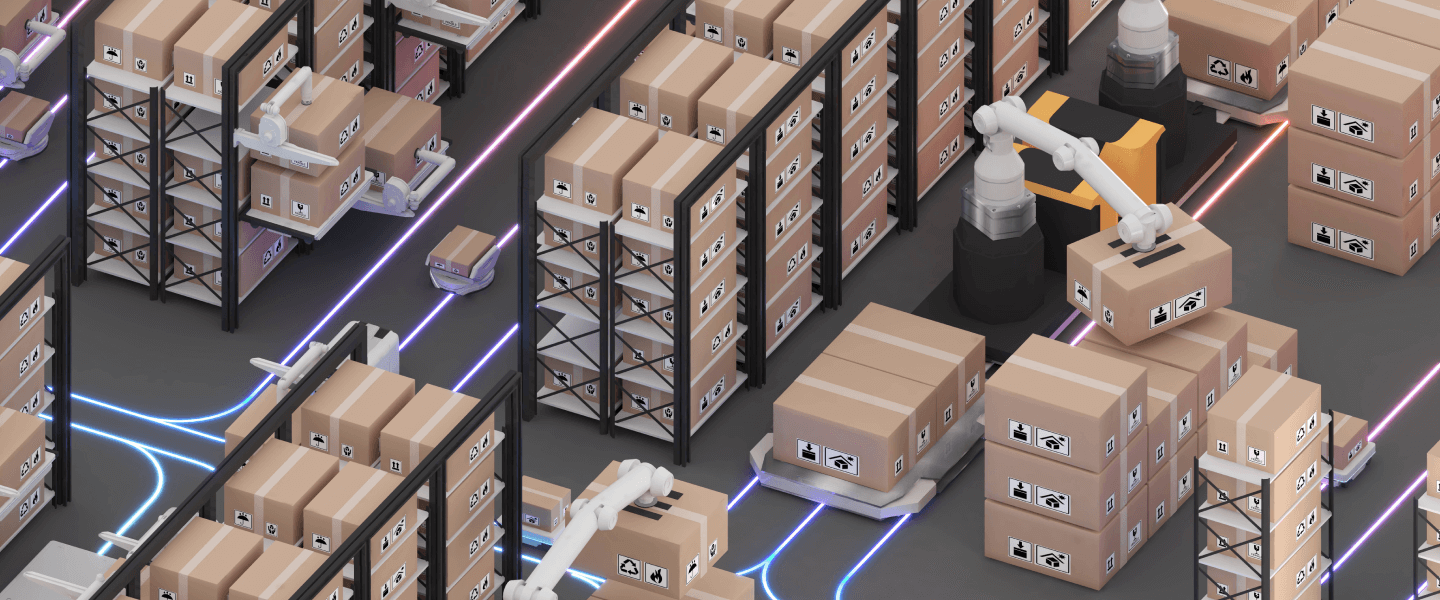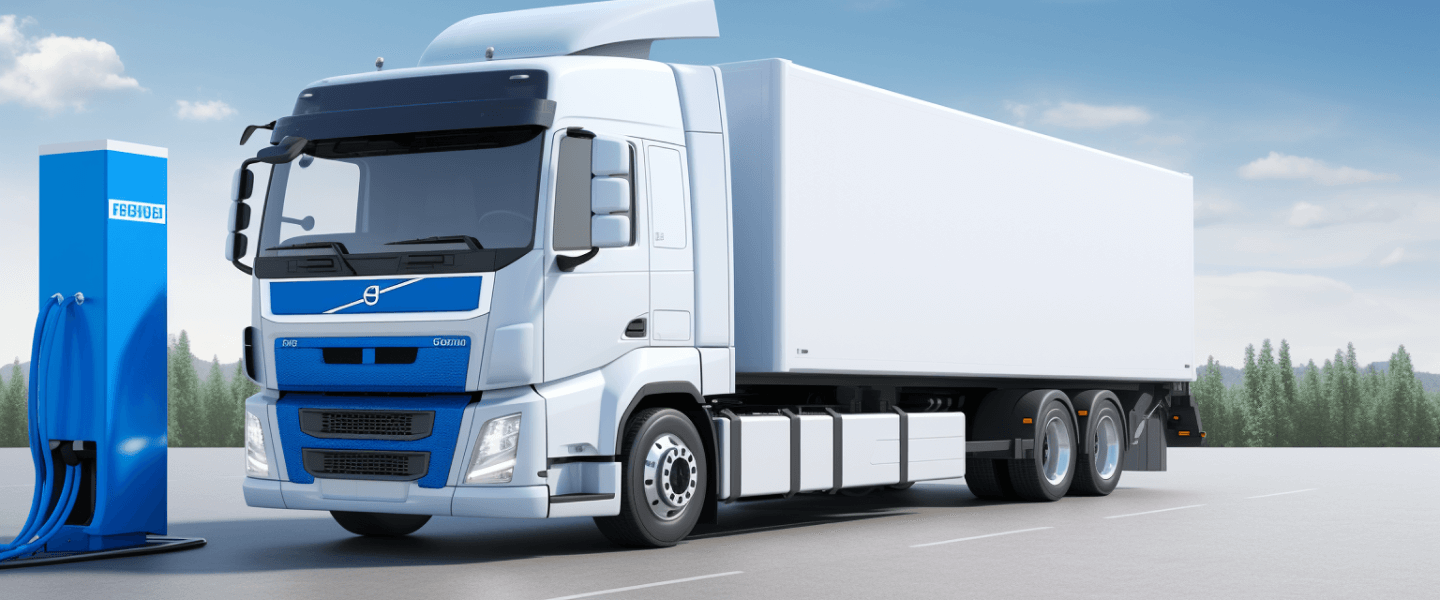 ISO14001/90001 Certification
ISO14001/90001 CertificationBased on green manufacturing theory and supply chain management technology, the aim is to minimize the environmental impact of products throughout the entire process from material acquisition, processing, packaging, warehousing, transportation, use to disposal, while improving resource efficiency.

 Photovoltaic New Energy
Photovoltaic New EnergyFully utilize the roof space of the logistics sharing center and construct distributed power generation facilities. These facilities can be self operated or connected to the grid to achieve the goals of energy conservation, emission reduction, and energy consumption reduction.

 Intelligent Three-dimensional Warehouse Construction
Intelligent Three-dimensional Warehouse ConstructionSmart warehousing, by introducing advanced technologies such as unmanned forklifts and automated three-dimensional warehouses, not only saves energy consumption but also significantly improves land utilization, providing strong support for the implementation of green logistics.

 Resource Regeneration and Recycling
Resource Regeneration and RecyclingThrough resource regeneration and recycling, the reusable nature of circular packaging significantly reduces packaging costs for enterprises. At the same time, excellent and suitable circular packaging design not only ensures the transportation quality of products, but also improves the transportation containment rate, thereby effectively enhancing the efficiency of the entire supply chain logistics.

 New Energy Vehicles
New Energy VehiclesThe combination of new energy vehicles and energy-saving foldable reusable packaging boxes not only optimizes operating costs, but also actively promotes the concept of green transportation and distribution.
